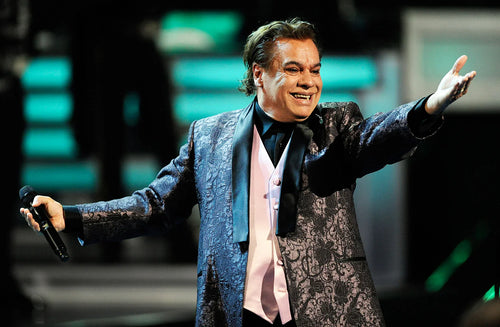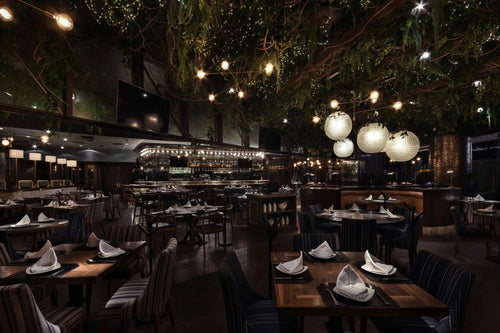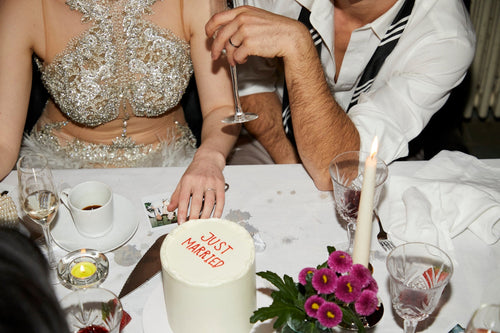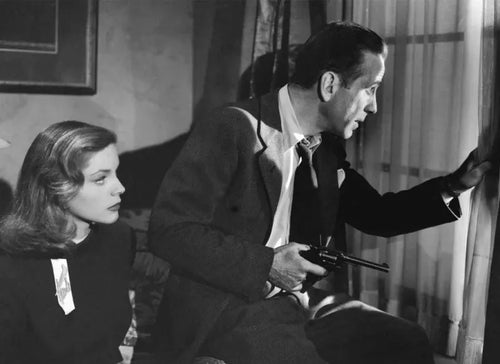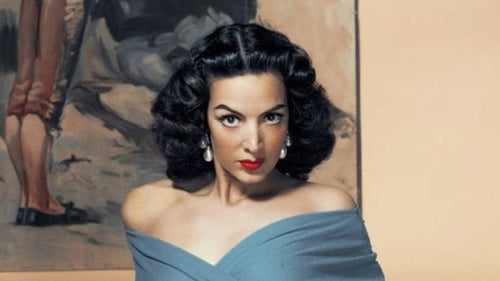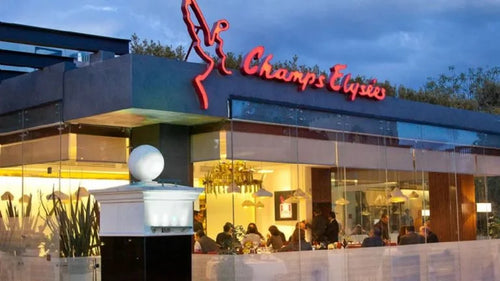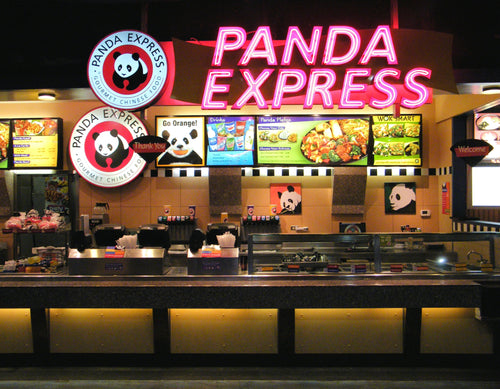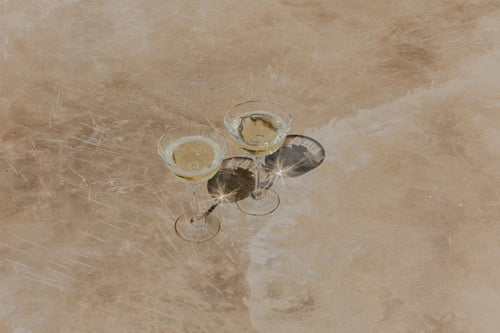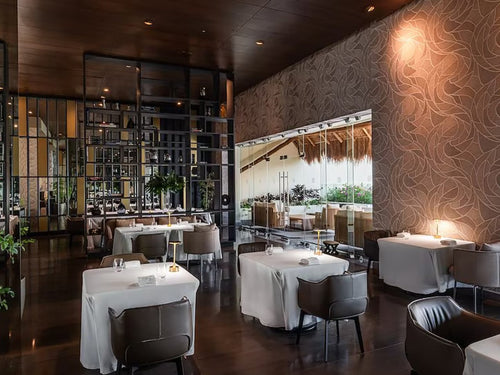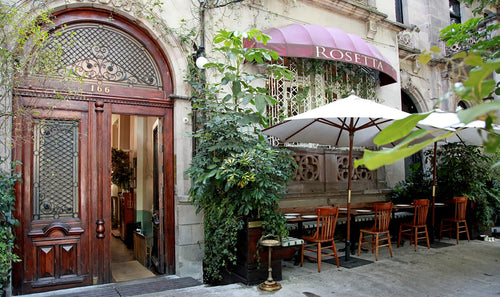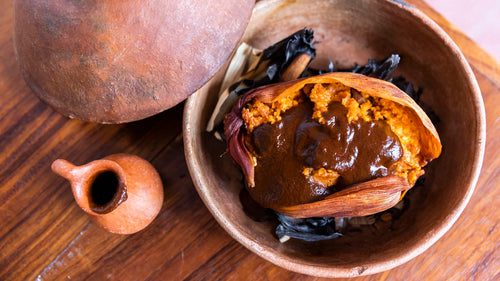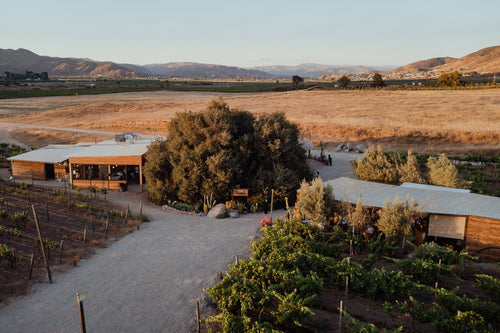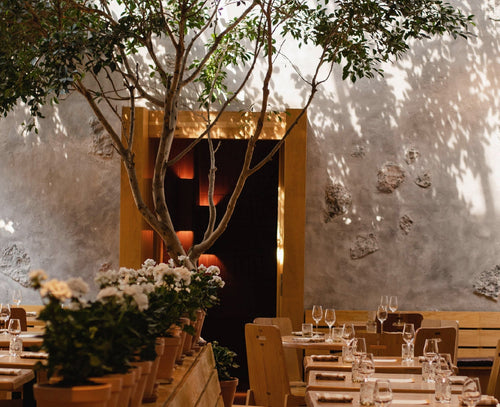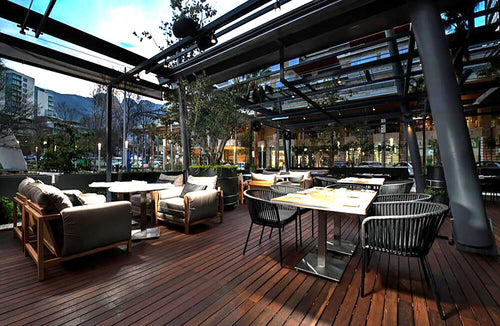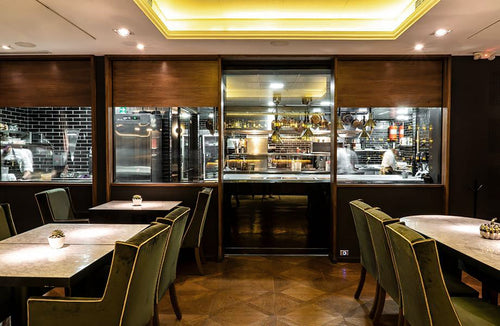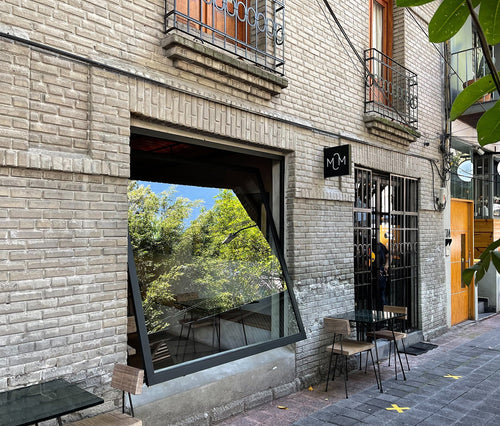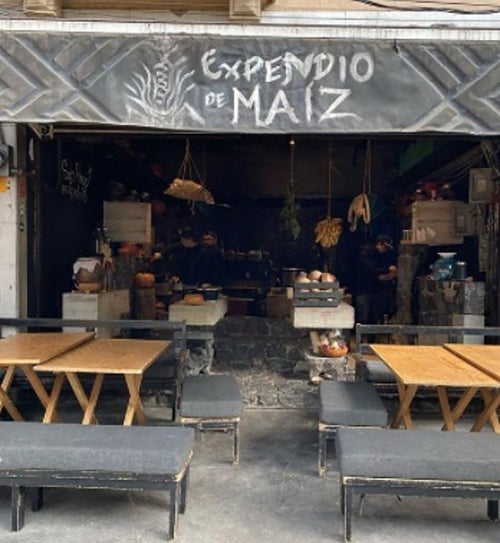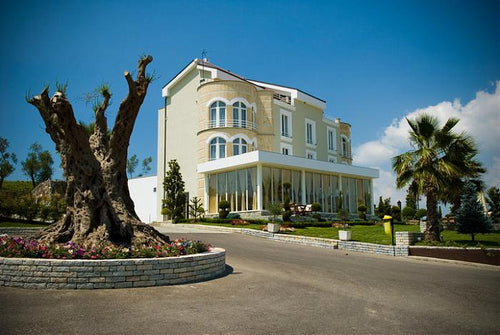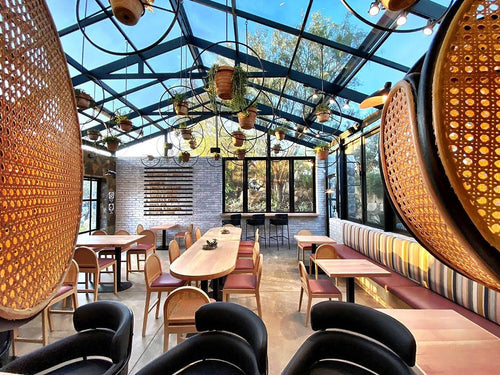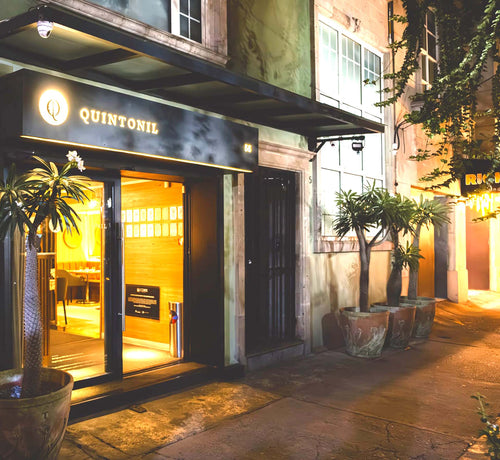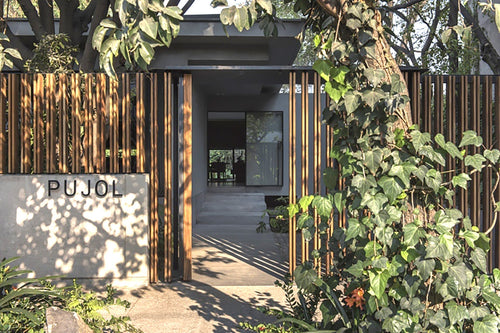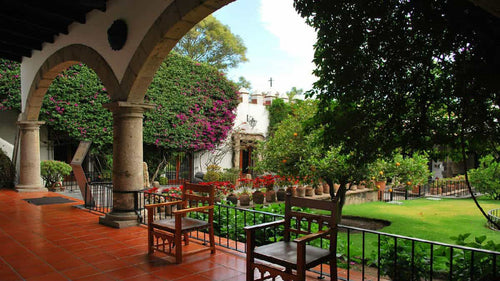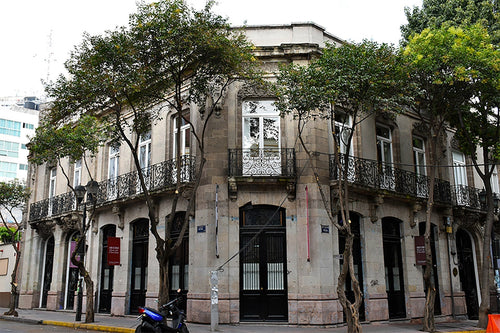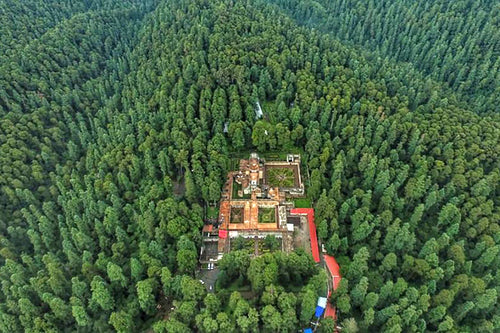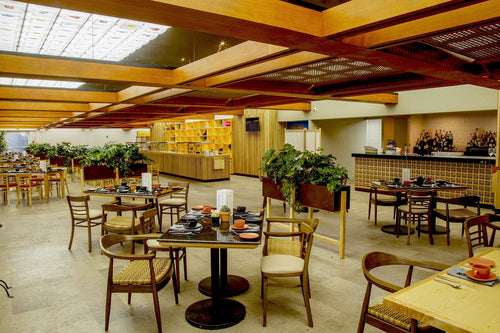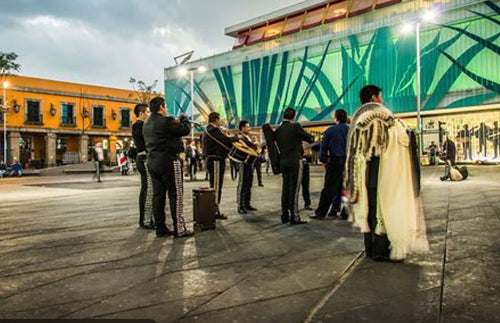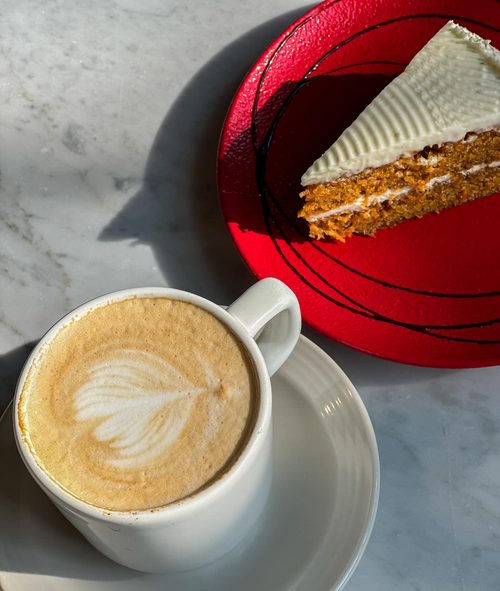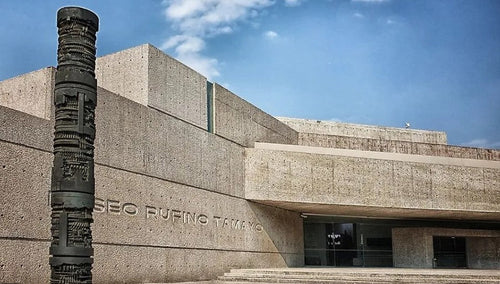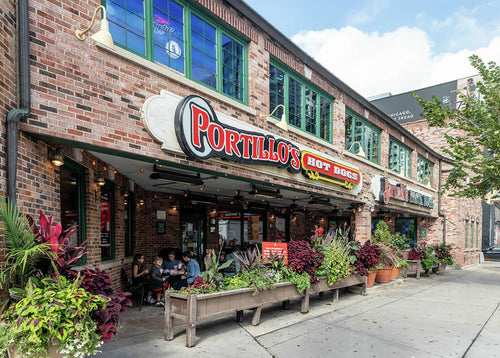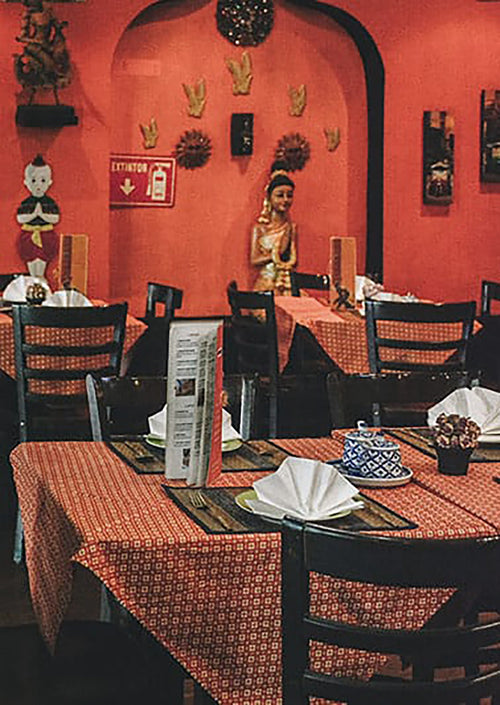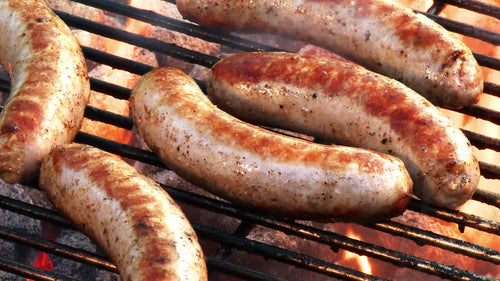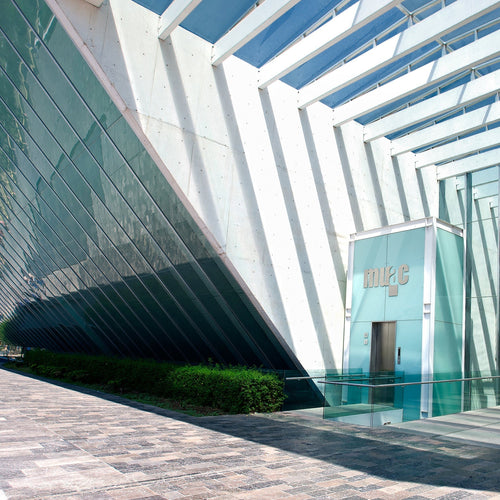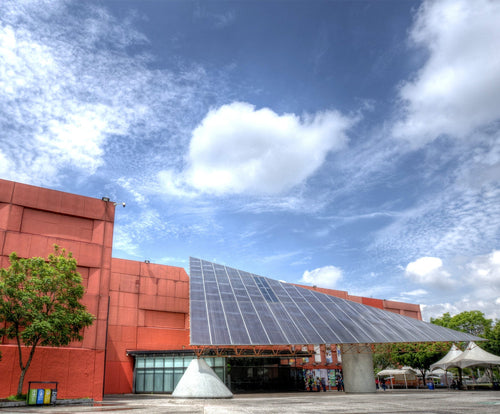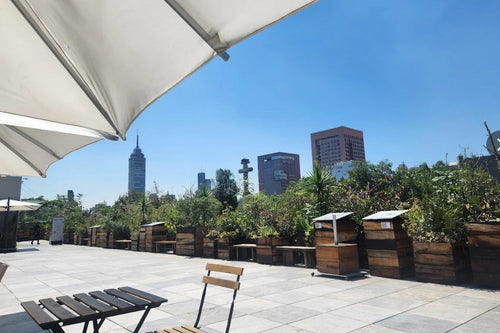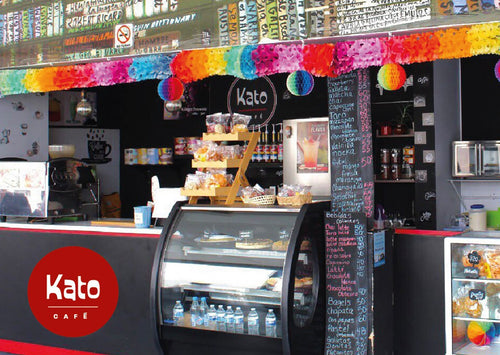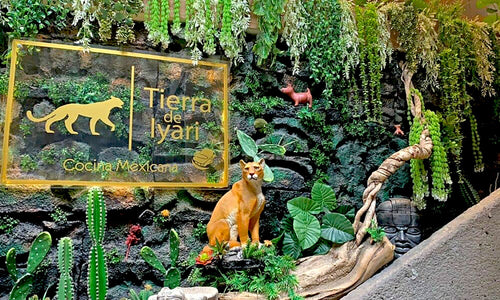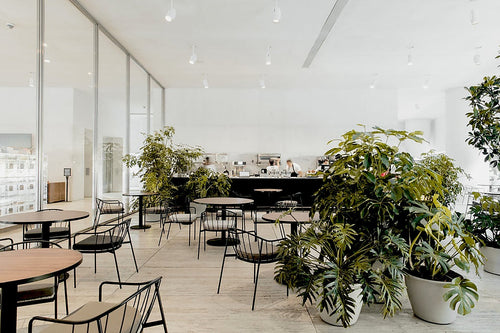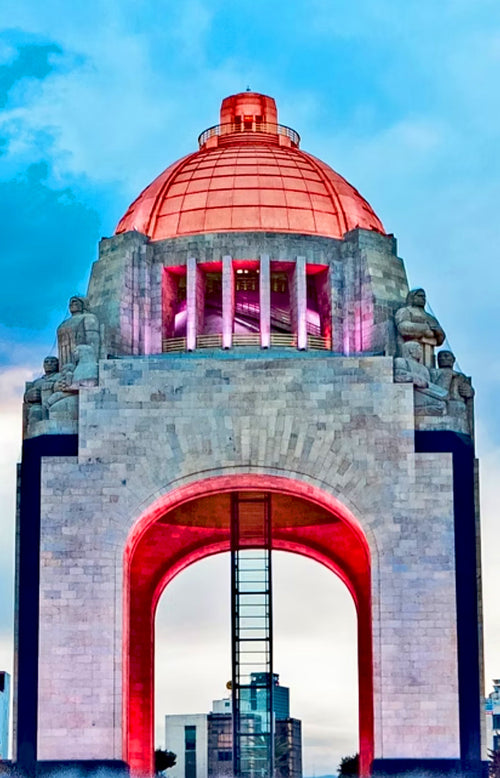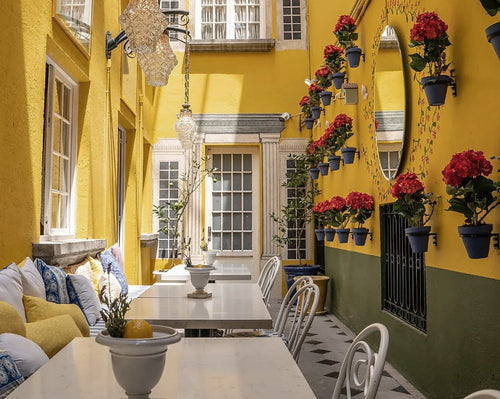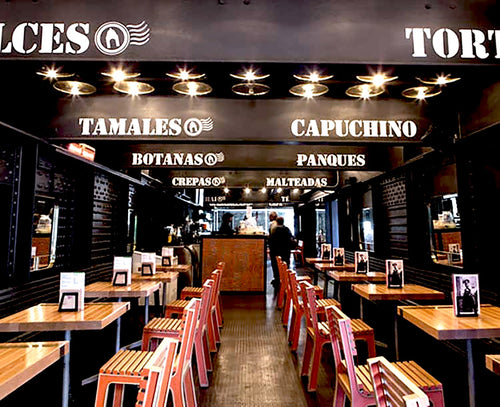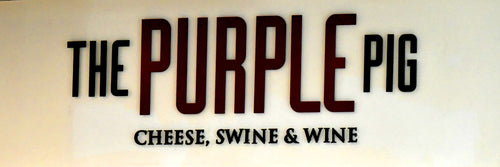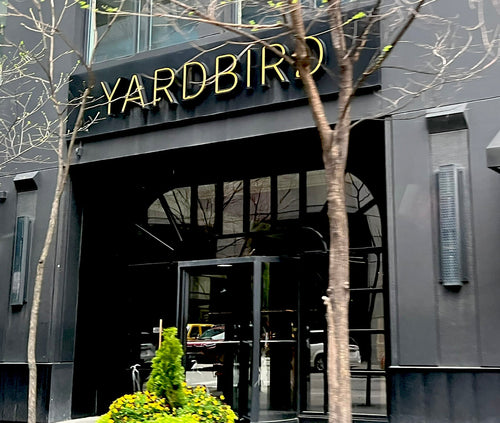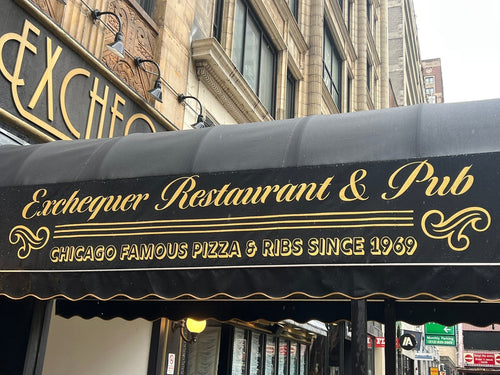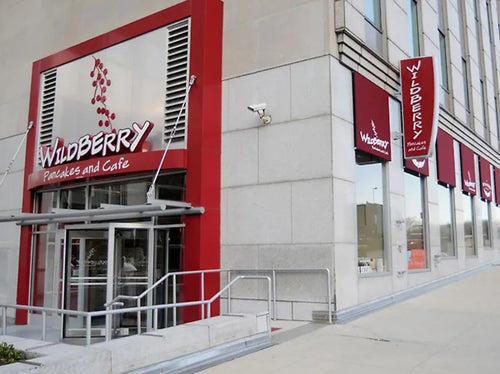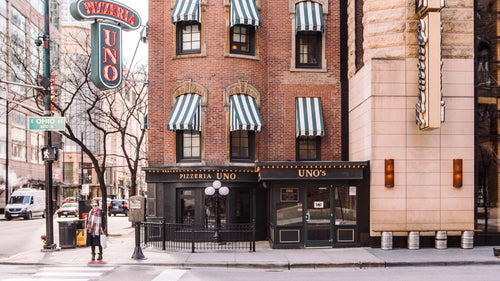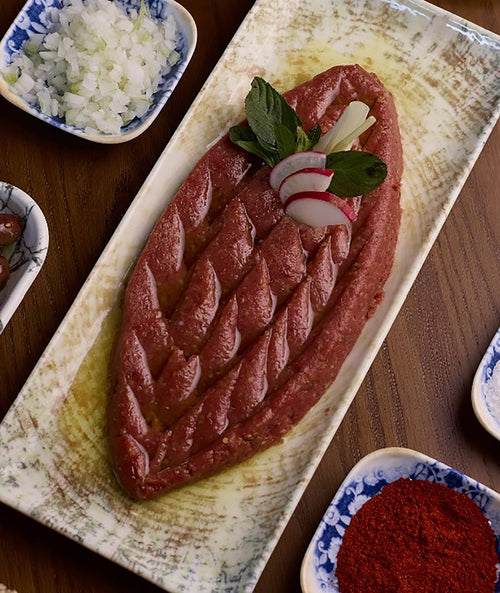Bygone places / Café de Nadie, a gathering spot for the boisterous artists of the 1920s.
Although it was originally given another name, the artists who gathered there until 1929 renamed it and used it as the platform for an avant-garde movement known as Estridentismo.
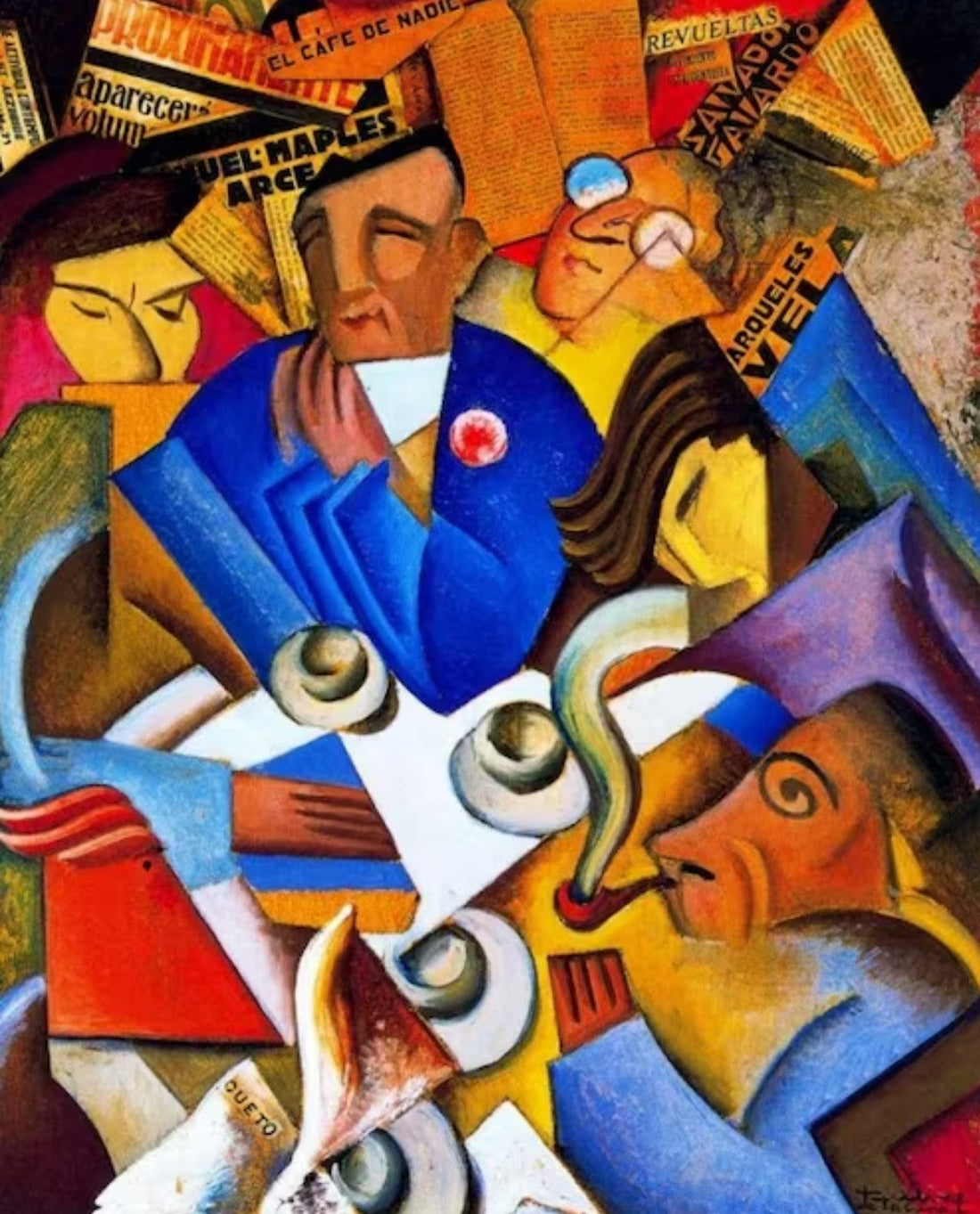
By Alejandro Pohlenz
While researching Café Europa (later nicknamed Café de Nadie by its regulars, the Estridentistas), I realized, like Socrates, that I know nothing. My ignorance is, indeed, rampant. I had never even heard of Los Estridentistas or of Manuel Maples Arce, the founder of this odd collective of early 20th-century artists. The roster includes names like Arqueles Vela and Germán Arzubide (who?). The only one I actually recognize is Tina Modotti (1896), the Italian photographer and social activist who lived in Mexico. I immediately link her with Frida Kahlo, since they were friends.

Now, once my devastating barbarism has been admitted, let’s note that nobody really knows what was on the menu at Café de Nadie (besides, obviously, coffee). Accounts mention coffee, cigarettes, and alcohol—though surely there must have been some food, or at least snacks.
What was Estridentismo?
I was fascinated by one definition I found of Estridentismo, the artistic movement born right here at Café de Nadie. Judge for yourselves: “(the Estridentistas sought to) subvert the certainties of the classical Latin American imagination.” I don’t feel any wiser after reading that… Another (from Wikipedia) puts it as: “(the aim of Estridentismo was) to build an artistic society with the purpose of bearing witness to the transformation of the world.”

What these caffeine- and nicotine-addicted artists admired was modernity and technology. They exalted airplanes, radios, the telegraph. They praised the rhythm of modern life and the dynamism of industry.
The loud soirées
The first Estridentista gathering took place, naturally, at Café de Nadie in 1924. The movement’s first work was Andamios interiores. Poemas radiográficos by Manuel Maples Arce.
In the end, the Café Europa’s owner never liked the nickname Café de Nadie. By 1929, the strange movement had fizzled out, and the little bohemian joint in Colonia Roma faded into obscurity.
Avenida Jalisco (later Álvaro Obregón) 100, Colonia Roma, Mexico City.
GONE


